.
.
.
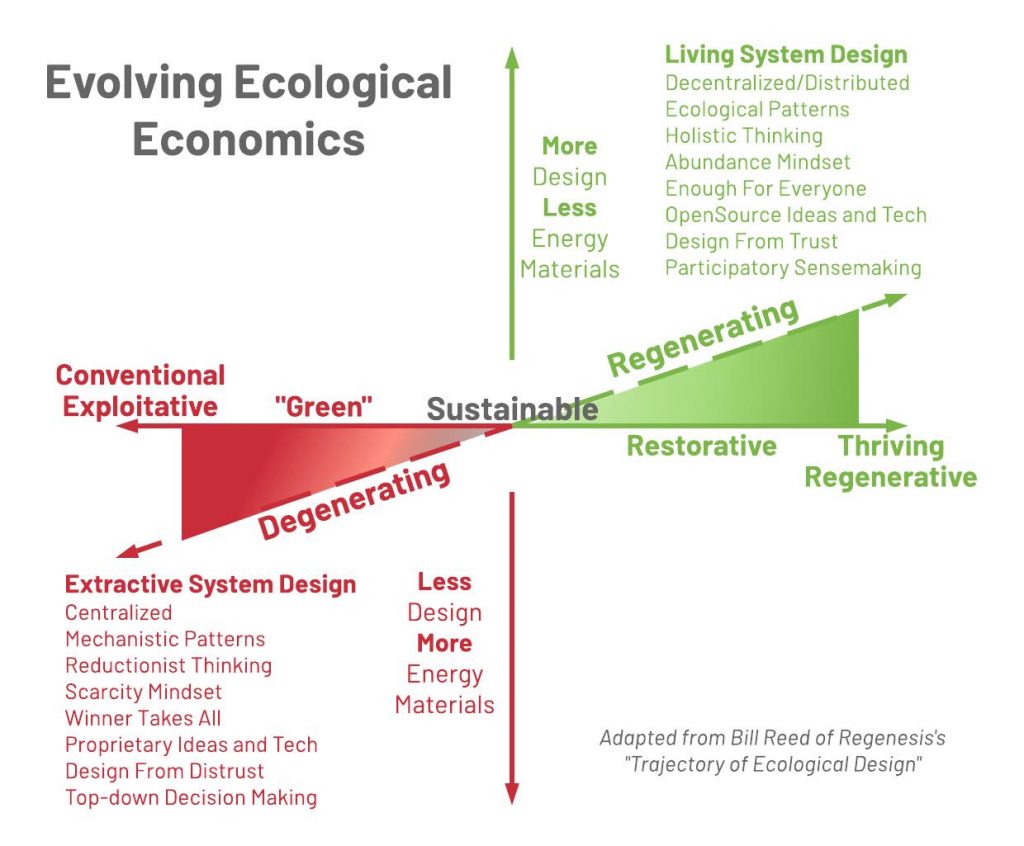
….
.
—-
.
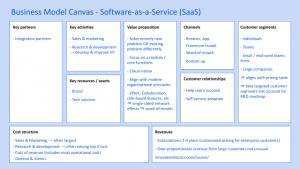
.
.
.
Part 2: SaaS Business Model Canvas
.
—
.
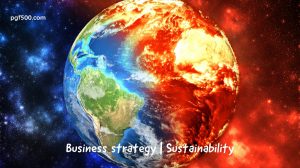
.
.
.
.
.
.
—
.
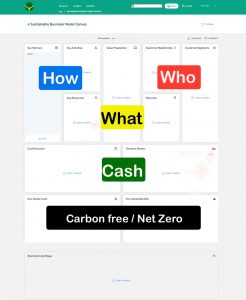
.
.
.

.
.
.
.
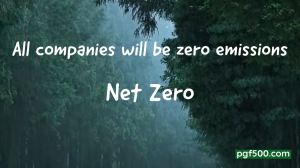
.
.
.
.
.
.
.

.
.
.
Part 2: SaaS Business Model Canvas
.
—
.

.
.
.

.
.
.
.

.
.
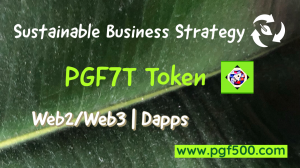 .
.
.
.
.
.
.
Build your green strategy
Calculate your CO2 emissions
Plan an action plan to reach Net Zero
Publish your data on the blockchain
With pgf500 you’ll be able to understand the impact of your business on the environment and take steps to reduce it.
.
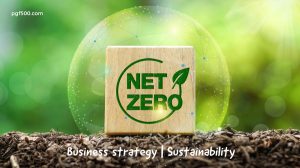
.
~~~
Net zero refers to the state in which an entity’s greenhouse gas (GHG) emissions are balanced out by the amount of GHG that is removed from the atmosphere. This can be achieved by reducing emissions as much as possible and then offsetting the remaining emissions by removing or sequestering an equivalent amount of GHG from the atmosphere through measures such as reforestation or carbon capture technology.
To become sustainable, companies can take various actions, including:
Adopting renewable energy: By switching to renewable energy sources such as solar, wind, or geothermal, companies can significantly reduce their carbon footprint. Improving energy efficiency: Implementing energy-efficient technologies and practices can reduce energy consumption and associated GHG emissions.
Investing in green infrastructure: Companies can invest in sustainable infrastructure such as green buildings, sustainable transportation, and waste reduction programs.
Reducing waste: By reducing waste and promoting a circular economy, companies can minimize their environmental impact.
Engaging in sustainable sourcing: Companies can source raw materials and products from sustainable sources and promote sustainable practices throughout their supply chain.
Setting emission reduction targets: By setting ambitious emission reduction targets and regularly reporting progress, companies can demonstrate their commitment to sustainability and inspire others to take action.
Engaging stakeholders: Companies can engage with customers, employees, and other stakeholders to raise awareness about sustainability and promote sustainable practices.
Overall, becoming sustainable requires a long-term commitment and a willingness to invest in sustainable practices and technologies. However, the benefits of sustainability, including cost savings, reputation enhancement, and reduced environmental impact, make it a worthwhile pursuit for companies of all sizes and industries.
.
~~~
.

.
.
.

.
.
.
Part 2: SaaS Business Model Canvas
.
—